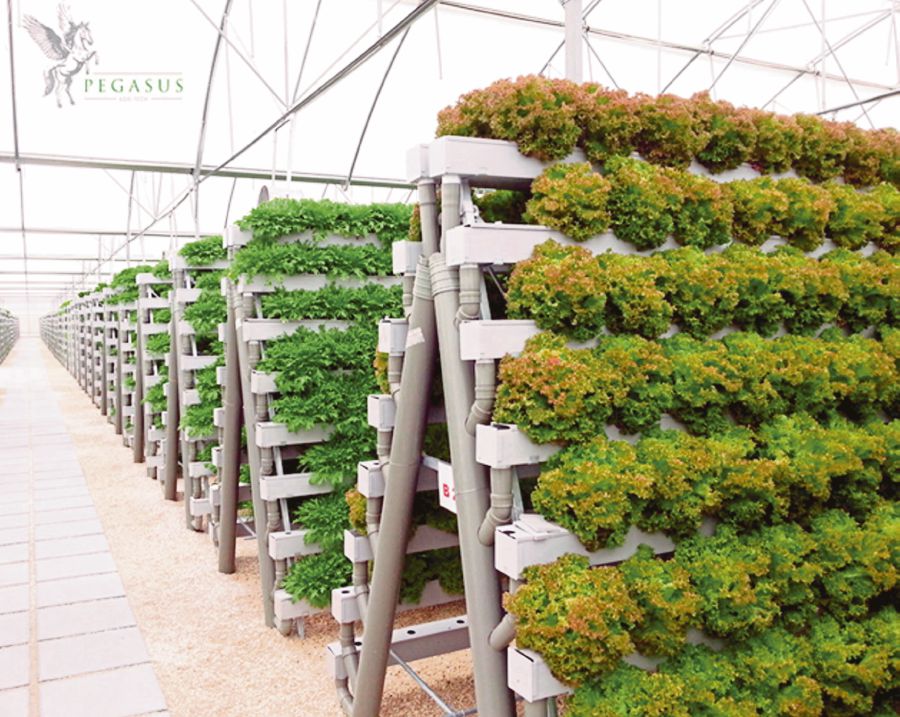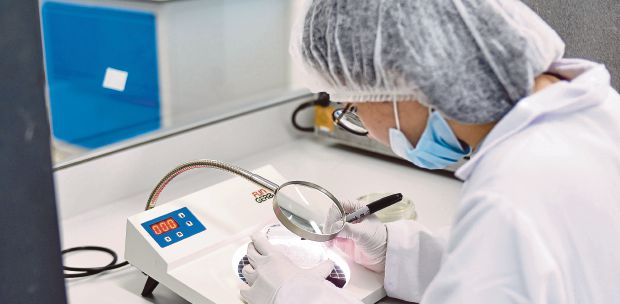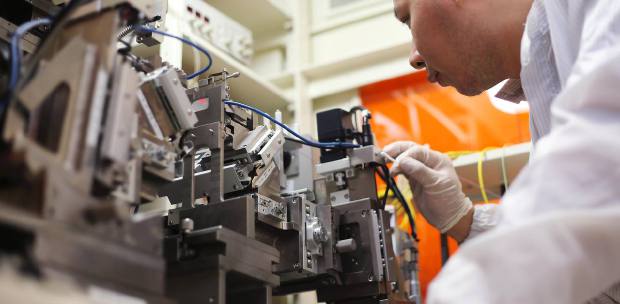NO country is spared from the food crisis that is inflicting the world. Just scan the media, both social and traditional.
Developed and developing economies alike are engrossed in finding solutions to food inflation. Strikes by parties unable to cope with rising living costs are on the rise in some developed countries.
In the United Kingdom, the recent strike by nurses is unsettling the national health service.
Here at home, we are not spared from the spike in food prices.
Chicken and eggs, the most popular sources of protein, take the cake in the food debate. There is no easy solution because the poultry industry is also dealing with skyrocketing imported feed prices as a result of the massive supply disruption caused by the Russia-Ukraine conflict.
What has become clear is that agriculture is now back in favour.
The world suddenly realises that, at the end of the day, access to affordable food is what matters. Countries worldwide are scrambling to rethink their agricultural policies.
We have also changed the name of our agricultural ministry to include food security in order to reflect the urgency of addressing the looming food crisis.
As expected, the blame game has started. Picking on middlemen is another popular theory.
But economists who truly understand the disruption differ in their analysis.
They attribute structural issues to supply-chain flaws.
Some suggest that the practices of price control and subsidy also contribute to the supply fracas.
They have proposed a rethink of such policy, even going to the extent of leaving it to the natural forces of the market to achieve balance.
Such ideas have attracted some criticism, mainly from armchair experts. All contribute to the excitement of the heated exchange.
There are also other reasons why agriculture is now viewed differently. The advent of new technologies, especially those related to artificial intelligence and robotics, is changing the fortunes of agriculture.
Add to that the fact that agriculture is a contributor to climate change threats, and the sector is attracting more R&D funding to improve the carbon emission performance of the agriculture supply chain.
The transport of agricultural products over long distances is one aspect of the industry that exacerbates its carbon emission profile.
There is a growing preference to grow food closer to the market, where demand is highest. This has given rise to the practice of urban farming in the city.
It is now not uncommon to see buildings being converted into premises for farming.
Vertical farming, in which soil is no longer an issue, is gaining popularity.
Some projects have even gone to the extent of including artificial lighting in the design.
I recently came across a vertical farm in Germany operating using a conveyor belting system. This further reduces the space requirement and improves crop efficiency. The designer also claims that fewer harmful chemicals are needed, making the agricultural produce fresh and safe.
One reason why there is a movement to move away from traditional soil-supported agriculture is the issue of rising levels of pollutants in the soil.
The presence of so-called persistent organic pollutants in soils has also provided motivation for research on zero-soil farming.
Agriculture is also turning to the circular economy approach to conserve resources. The waste from the vertical farms is now channelled to aquaculture facilities as fish feed. Such a practice is not new, but new technologies are making it more efficient.
There is no doubt that the fortunes of world agriculture are changing. It has been reported that investments in new agriculture are rising globally.
Those who previously shunned working in agriculture are also entering the business.
The fact that the new ways of farming are much less labour-intensive is also seen as attractive. As a country looking to wean itself off its addiction to cheap, low-skilled foreign labour, it is strategic for Malaysia to secure this opportunity. The ways to do this include investing in new agricultural R&D and training new workers in the technology areas that are driving the changing fortunes of agriculture.
It is still not too late to change focus and make our agriculture prosper again.
The writer is a professor at the Tan Sri Omar Centre for STI Policy, UCSI University





